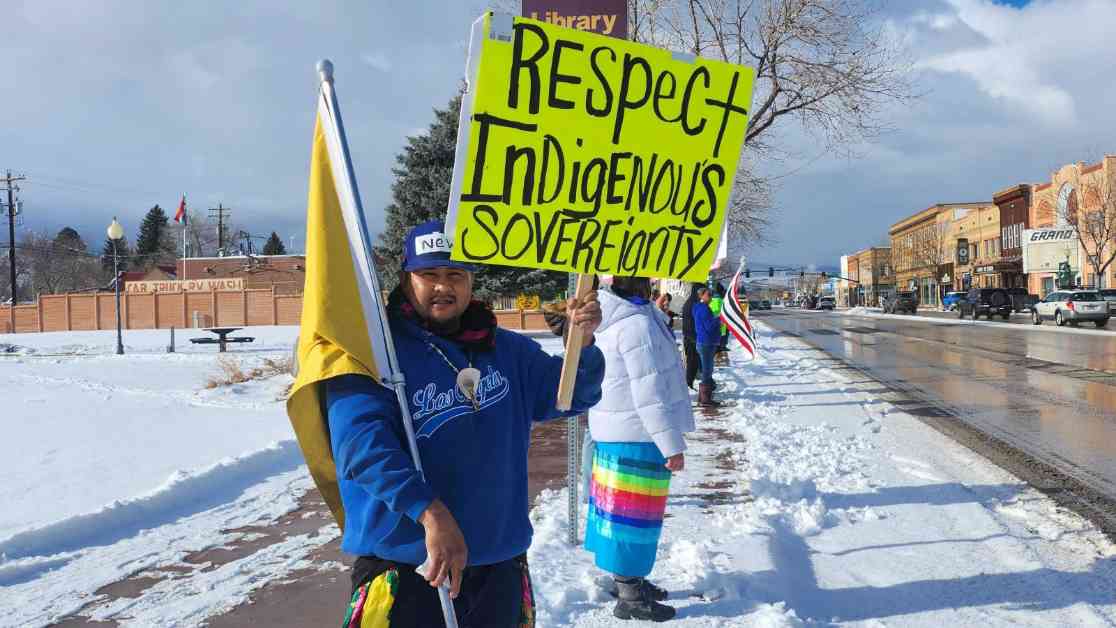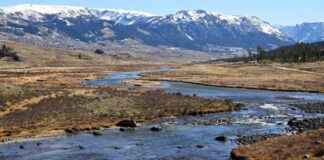Wind River Land Transfer Dispute: Tribal Protests Stall Land Conveyance in Wyoming
A heated debate has erupted over a 2-acre parcel of land within the Wind River Indian Reservation in Wyoming. The Pilot Butte Power Plant, a defunct hydroelectric station, has become the focal point of contention as the Midvale Irrigation District seeks to take over and revamp the site. The proposal, presented to the Bureau of Reclamation in 2022, aimed to repurpose the plant for hydroelectric power generation to benefit the local community. The potential to power about 50 households daily would mark a significant step towards clean energy initiatives in a region with limited sustainable projects.
Tribal Opposition and Federal Intervention
Despite the seemingly favorable prospects of the project, the transfer of ownership faced staunch opposition from the Eastern Shoshone and Northern Arapaho tribes. These Indigenous communities, sharing the Wind River Reservation, argued against the conveyance due to the historical context of the land’s acquisition by the federal government under coercive circumstances. The tribes emphasized that the irrigation district’s control over the plant would yield minimal benefits for tribal members residing in Wind River, as the district does not cater to the reservation’s population.
United States Senator John Barrasso and House representative Harriet Hageman introduced the Pilot Butte Conveyance Act to facilitate the land transfer without tribal consent, sparking a series of protests by tribal members. The Wind River Inter-Tribal Council voiced their opposition to the act, denouncing the lack of consultation in the legislative process and highlighting the erosion of tribal sovereignty inherent in the proposed transfer.
Historical Context and Legal Dispute
The dispute over the Pilot Butte Power Plant underscores a broader historical narrative of federal encroachment on tribal lands and the subsequent struggles for reclamation by Indigenous nations. The legacy of land seizures and broken promises has left lasting scars on tribal communities, as millions of acres designated for Indigenous nations were diverted for non-Native purposes over the years. The ongoing battle for the return of “excess lands” to tribes underscores the deeply rooted tensions surrounding land ownership and sovereignty in the United States.
The legal wrangling over the fate of the power plant hinges on centuries-old treaties and legislative acts that delineate the jurisdictional boundaries of tribal lands. The Fort Bridger Treaty of 1863, which originally allocated millions of acres to the Eastern Shoshone, and subsequent congressional acts regarding white settlement within reservations, form the crux of the legal debate surrounding the land transfer.
Perspectives and Future Outlook
As stakeholders on both sides present contrasting arguments regarding the land’s rightful ownership, the future of the Pilot Butte Power Plant remains uncertain. While federal representatives and proponents of the conveyance act assert federal jurisdiction over the land, tribal leaders advocate for meaningful consultation and the restoration of tribal sovereignty over the disputed territory. The ongoing protests and political maneuvers surrounding the land transfer underscore the complex interplay between historical injustices, legal frameworks, and contemporary advocacy efforts shaping the outcome of this contentious issue.














